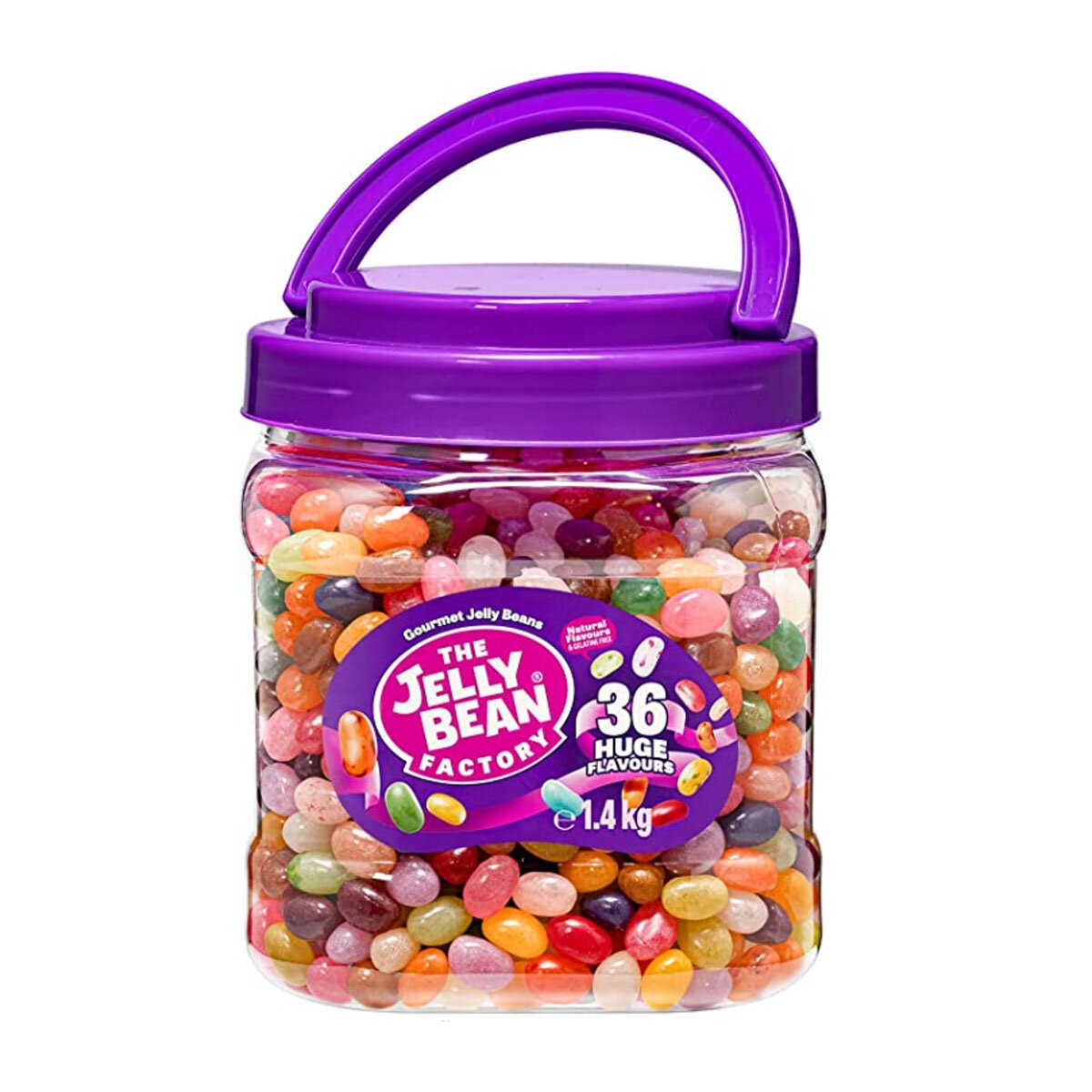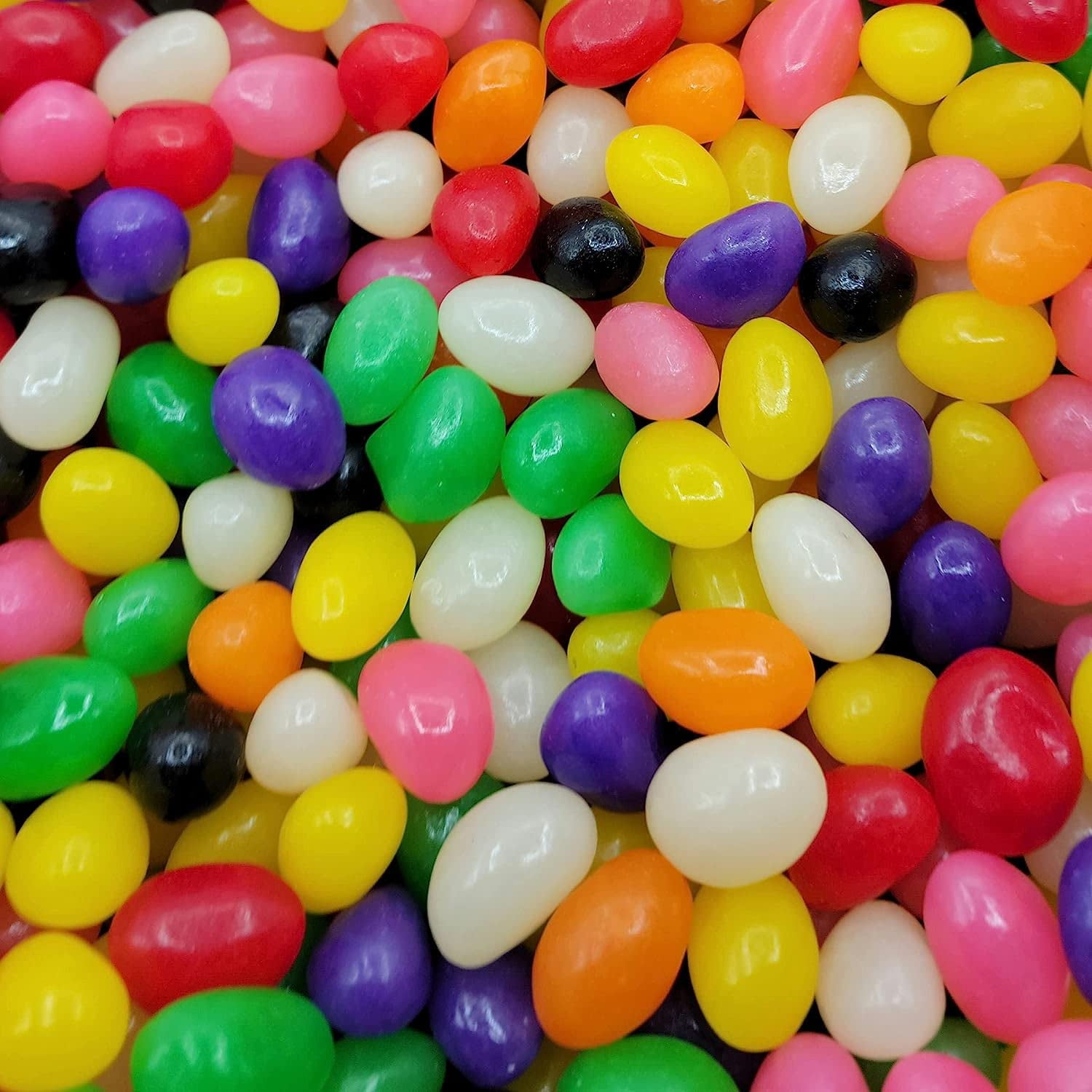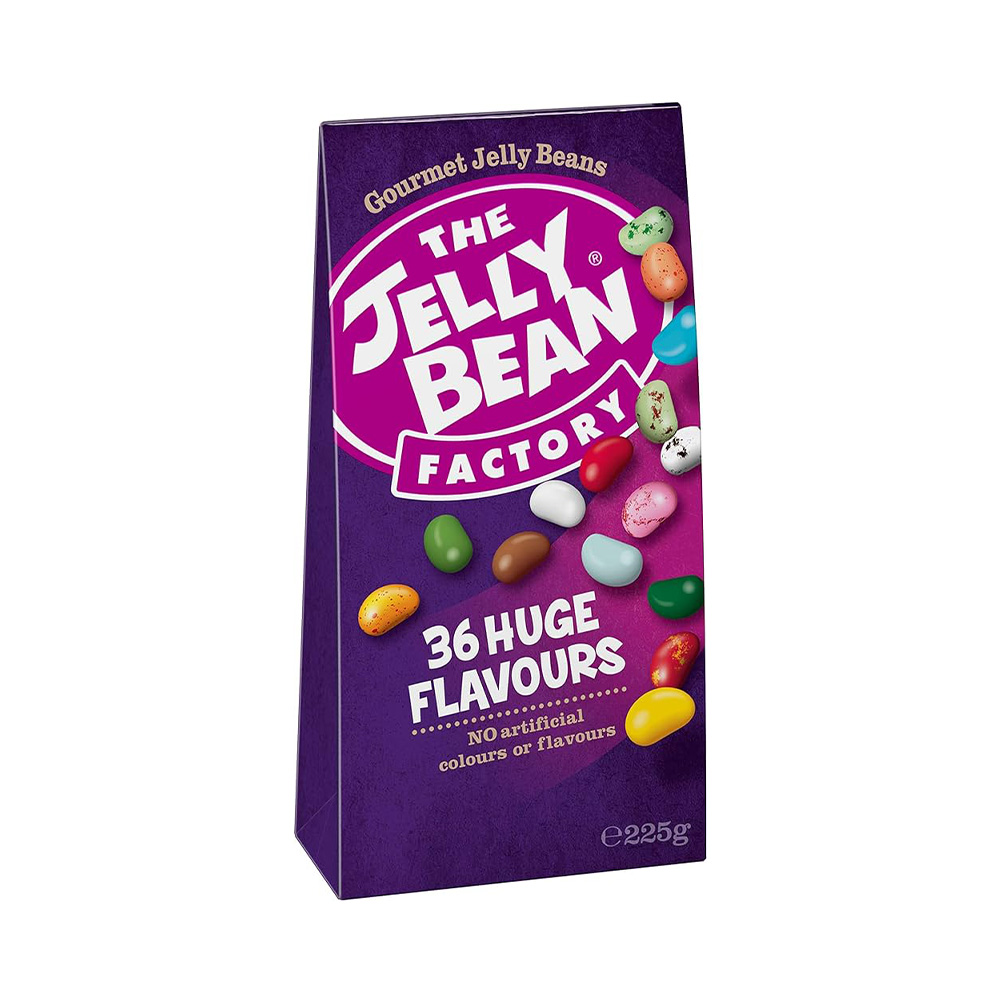Jelly Bean Craze! 7M Posts & Your Guide To The Best Flavors & More
Is it possible that a seemingly simple confection like jelly beans could hold a fascinating history, a complex flavor profile, and even, dare we say, a touch of intrigue? The answer, as we delve into the world of these colorful candies, is a resounding yes.
Jelly beans, those small, bean-shaped candies, have become a global phenomenon, captivating candy lovers of all ages. From their humble beginnings to their current status as a beloved treat, the story of jelly beans is a journey through confectionery innovation, marketing savvy, and a whole lot of deliciousness. Their vibrant colors and diverse flavors have made them a staple at candy counters, in gift bags, and as a symbol of celebrations and holidays. The appeal lies not just in the taste, but in the experience the visual delight, the burst of flavor, and the playful nature of these iconic candies.
To truly appreciate the modern jelly bean, one must first understand its genesis. While the exact origins are somewhat murky, it is widely believed that jelly beans evolved from Turkish Delight and other gelatin-based candies. These early versions were often enjoyed by the wealthy, as sugar was a luxury item. The transition from these early forms to the jelly bean we know today involved advancements in sugar processing and the development of gelatin-based recipes. The use of gelatin allowed for a unique texture, a chewy interior encased in a subtly crisp shell, and the ability to hold vibrant colors and diverse flavors. The introduction of the candy to a wider audience came in the 19th century when these were sold by the candy makers.
The 19th century witnessed the rise of mass production and the availability of sugar, which significantly impacted the candy market. Jelly beans benefited greatly from these developments, becoming more accessible and affordable. The candy became particularly popular during Easter, a tradition that has endured to this day. Easter baskets filled with jelly beans became a symbol of spring, renewal, and, of course, sweet indulgence. The association with Easter helped cement jelly beans' place in the confectionery world and boosted their popularity.
The rise of the jelly bean can be traced to its perfect combination of flavors, colors and texture. The candy offered a burst of pleasure, that can be savored again and again. Jelly beans have a relatively long shelf life and are easy to store, which made them ideal for shipping and distribution. The candies were also inexpensive to produce, and the candy makers could experiment with the flavors. The candy's adaptability to changes led it to be a favorite.
The ingredients of jelly beans vary slightly depending on the brand and specific recipe, but typically include sugar, corn syrup, modified food starch, and gelatin. These form the base of the candy. To create the diverse flavors, manufacturers use flavorings, both natural and artificial. Natural flavorings are often derived from fruit juices or extracts, while artificial flavorings replicate specific taste profiles. Color is another critical aspect, and manufacturers use a range of food colorings to achieve the vibrant hues associated with jelly beans. The coating, which gives the candy its characteristic shell, is often made from a combination of sugar and a glazing agent.
The evolution of jelly bean flavors is a testament to the candy's adaptability. From traditional fruit flavors like cherry, lemon, and orange, the selection has expanded to encompass a vast range of options. Brands like Jelly Belly have taken flavor innovation to a new level, creating jelly beans that taste like popcorn, buttered toast, and even more unusual options like dirt and earwax. The experimentation with flavors has become a key selling point, with many consumers seeking out novelty flavors alongside the classic favorites. The pursuit of unique and appealing flavors continues to drive the jelly bean market.
The health aspects of jelly beans are a common area of discussion. As a candy, jelly beans are primarily composed of sugar and carbohydrates, providing quick energy but lacking significant nutritional value. They also tend to be high in calories, so moderation is key. While some brands use natural colorants and fruit juices, others may contain artificial ingredients. When choosing jelly beans, it's advisable to check the ingredient list and nutritional information. Furthermore, people who follow dietary restrictions, such as those with allergies, should carefully read the labels to avoid ingredients that could trigger reactions.
Jelly Belly stands as a prominent name in the jelly bean industry. Their commitment to flavor variety, quality ingredients, and creative marketing has made them a leader in the gourmet jelly bean market. Their brand has successfully leveraged its heritage and the unique qualities of their product to appeal to a wide audience. The Jelly Belly brand is synonymous with a commitment to excellence and innovation, as they continue to introduce new flavors and packaging. Their success highlights the impact of strategic branding and product development.
Here is a table providing an overview of the Jelly Belly brand:
| Category | Details |
|---|---|
| Brand Name | Jelly Belly |
| Headquarters | Fairfield, California, USA |
| Founded | 1869 (as a confectionery company) / 1976 (as Jelly Belly) |
| Parent Company | Jelly Belly Candy Company |
| Famous For | Gourmet jelly beans with a wide variety of unique and authentic flavors. |
| Key Products | Jelly Belly jelly beans in various flavors and mixes, other candies and confections. |
| Notable Flavors | Butter Popcorn, Very Cherry, Watermelon, Tutti-Frutti, and many more, including the "BeanBoozled" line with unusual flavors. |
| Marketing Strategy | Focus on flavor variety, quality ingredients, brand heritage, and creative marketing campaigns, including partnerships and promotions. |
| Distribution | Sold in retail stores worldwide, online, and through specialty candy shops. |
| Innovation | Continual introduction of new flavors, special editions, and collaborations to maintain consumer interest. |
| Website | www.jellybelly.com |
The appeal of jelly beans extends beyond just the individual candies. Jelly bean mixes and varieties allow consumers to experiment with flavor combinations. Themed mixes, such as those for holidays or special events, add a layer of excitement. The selection of flavors for a mix is a careful consideration of the brand, and the target audience. This enhances the overall customer experience. Moreover, the presentation of jelly beans, including packaging and branding, plays a significant role in their appeal. Brands invest in creative designs and packaging to capture the attention of consumers and showcase their unique flavors.
Seasonal marketing and longstanding traditions have further enhanced the popularity of jelly beans. The association with Easter remains a major factor, with jelly beans appearing in Easter baskets and as a symbol of the holiday. The candy is also promoted during other holidays and celebrations, solidifying its place in the calendar. Seasonal flavors and special editions create a sense of anticipation and encourage consumers to explore. The seasonal and themed marketing also keeps jelly beans relevant and adds an element of fun.
The marketplace for jelly beans is dynamic, and brands constantly compete to offer the most compelling products. The competition drives innovation in flavors, packaging, and marketing. Brands engage in research and development to discover novel taste profiles and refine existing ones. The consumer demand for unique flavors encourages creativity.The brands also compete in terms of packaging and presentation.They employ marketing strategies, including collaborations, advertisements, and social media to capture the attention of consumers. This competition fosters a thriving market and ensures the continued popularity of jelly beans.
The impact of jelly beans on the broader culture is multifaceted. These candies have been used in movies, television shows, and literature. They have become a part of popular culture. They have appeared in video games and apps. They are frequently used in games. The candies are frequently used as prizes in various events. Jelly beans have also inspired artists. The association of jelly beans with events and festivities reinforces their presence in popular culture.
The production of jelly beans involves many processes, from combining the ingredients to packaging the finished product. The processes use specialized equipment and strict standards. Quality control measures are implemented at every stage of the production.This ensures the safety of the product.The industry has responded to consumer demand by adopting more sustainable and ethical practices. The brands are working towards a more eco-friendly approach.
The future of jelly beans appears promising. With the focus on product development and consumer engagement, the candies will continue to captivate new audiences. The brands are committed to expanding their offerings. The brands are embracing marketing.The demand for jelly beans is likely to remain high. The adaptability of jelly beans, along with the ongoing trends in the confectionery market, suggests that these candies will remain relevant.
In conclusion, the journey of jelly beans is a testament to the power of a simple treat. From their origins to their presence in popular culture, jelly beans have evolved. These candies have demonstrated the potential of adaptability. They continue to delight candy lovers around the globe. The success of the jelly bean is due to the combination of flavors, a strategic understanding of consumer preferences, and the brand. The future for jelly beans is indeed bright.


